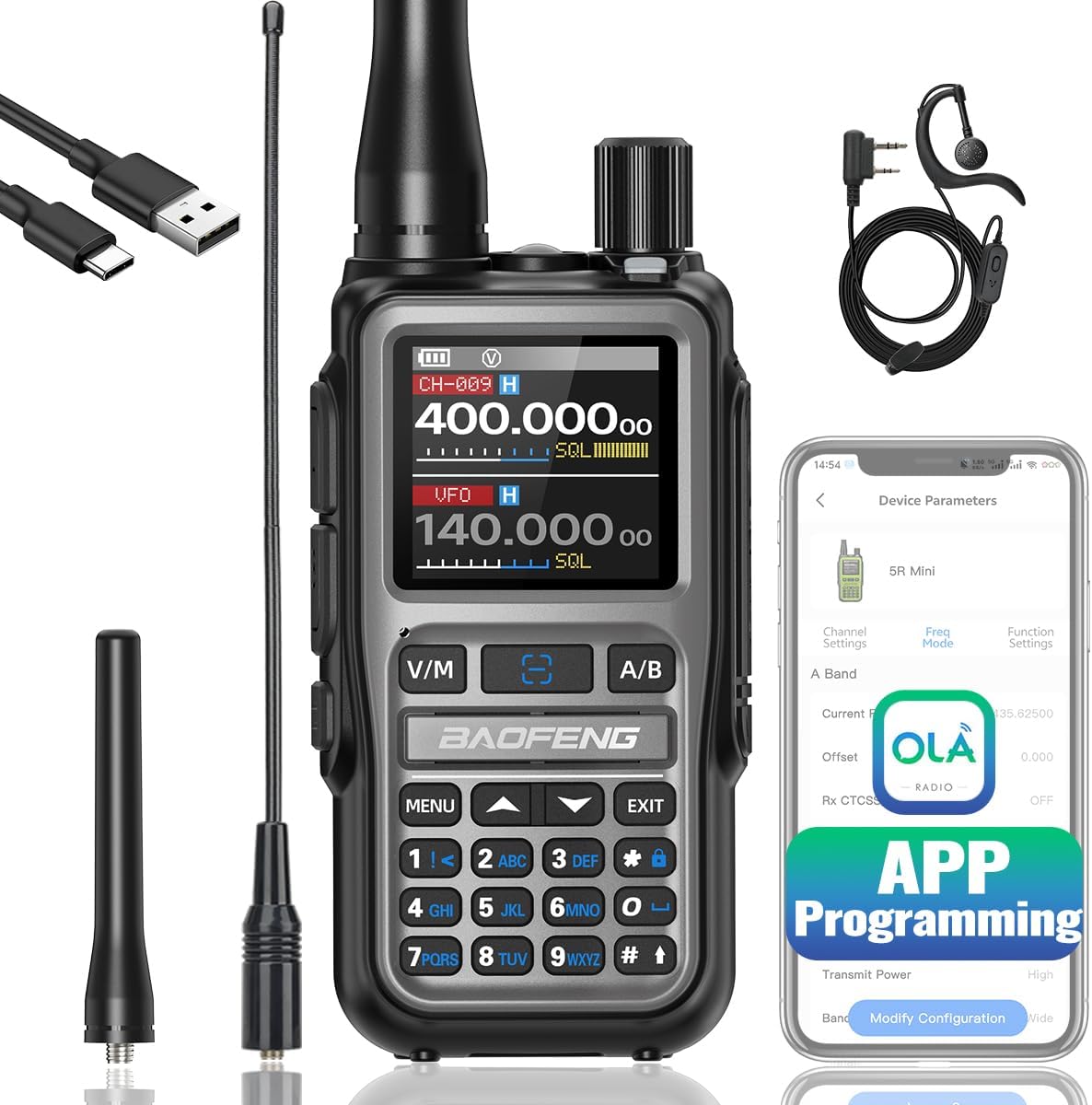
Ham radio enthusiasts often marvel at the evolution of amateur radio equipment. Yet, certain models from the past hold a timeless appeal, both in functionality and design. Among these is the Yaesu FT-757GXII, an HF transceiver introduced in the 1980s that remains a sought-after choice for vintage radio aficionados. This article explores the rich history, key features, and reasons why the FT-757GXII continues to be a viable and reliable radio for modern ham operators.
A Brief History of the Yaesu FT-757GXII
Yaesu introduced the FT-757GX series in the early 1980s as part of its commitment to producing high-quality, feature-rich HF transceivers. The GXII, an upgraded version of the FT-757GX, debuted in 1986, incorporating enhancements that addressed user feedback and technological advancements. This model quickly gained a reputation for its reliability, robust build, and excellent performance on HF bands. Its compact size and ease of use made it a favorite among both novice and seasoned operators.
During its time, the FT-757GXII competed with other notable transceivers, yet it distinguished itself with innovative features, such as general coverage reception, advanced filtering, and intuitive controls. While production of the FT-757GXII ceased in the early 1990s, its legacy endures, with many units still in active use today.
Key Features and Specifications
The FT-757GXII was designed as a full-featured HF transceiver covering 160 to 10 meters, including WARC bands. Below are some of its standout features:
Power Output: Capable of transmitting at 100 watts on SSB, CW, and RTTY, with reduced power options for QRP enthusiasts.
General Coverage Receiver: Covers 100 kHz to 30 MHz, making it versatile for shortwave listening.
Mode Flexibility: Supports SSB, CW, AM, and RTTY modes, catering to diverse operating preferences.
Filtering: Equipped with selectable IF filters for improved signal clarity and rejection of adjacent channel interference.
Digital Frequency Display: A bright and accurate LED display, offering precise tuning and easy readability.
Compact Design: At just 12 inches wide and weighing approximately 15 pounds, it was one of the more portable HF transceivers of its era.
Memories and Scanning: Includes memory storage and scanning capabilities for convenient operation.
Optional Accessories: Compatible with the FC-757AT automatic antenna tuner, which integrated seamlessly with the transceiver for optimal antenna matching.
Why the FT-757GXII is Still a Viable Radio Today
Despite its vintage status, the Yaesu FT-757GXII remains a practical and enjoyable choice for amateur radio operators. Here’s why:
1. Proven Durability
Built with Yaesu’s hallmark engineering quality, the FT-757GXII has stood the test of time. Its rugged construction and reliable components mean many units remain operational decades after their manufacture. For those who value longevity in their equipment, this radio is a standout.
2. Solid Performance
The radio’s receiver sensitivity and selectivity still rival modern entry-level transceivers. Its general coverage receiver makes it a versatile tool for not only amateur radio operations but also shortwave listening, a hobby that has seen renewed interest.
3. Simplicity and Intuitive Design
In an era of touchscreens and complex menu systems, the straightforward controls of the FT-757GXII offer a refreshing operating experience. Its intuitive interface makes it ideal for those who prefer a hands-on, analog feel.
4. Affordability
While new HF transceivers can cost thousands of dollars, the FT-757GXII represents an affordable entry point for those looking to explore HF bands. Second-hand units are often available at reasonable prices, making it accessible to budget-conscious operators.
5. Community Support
The FT-757GXII enjoys strong support from the ham radio community. Enthusiasts have documented maintenance tips, modifications, and restoration guides, ensuring that even older units can be kept in top condition. Spare parts and accessories are often available through online marketplaces and hamfests.
6. Nostalgia and Collectibility
For many operators, the FT-757GXII is more than just a radio; it’s a piece of ham radio history. Using a vintage transceiver like this connects operators to the rich heritage of amateur radio and offers a sense of nostalgia that modern rigs can’t replicate.
Potential Challenges
While the FT-757GXII offers many benefits, it’s essential to consider its limitations:
No Digital Features: It lacks built-in digital mode support, which is a staple in many modern transceivers. However, external interfaces can bridge this gap.
Aging Components: As with any vintage equipment, some components may require replacement or refurbishment over time.
Learning Curve: Operators accustomed to modern radios may need time to adapt to the analog controls and tuning.
Conclusion
The Yaesu FT-757GXII is a testament to the enduring quality of vintage ham radio equipment. Its solid performance, intuitive design, and affordability make it a viable option for operators who value functionality over the latest technology. Whether you’re a seasoned operator looking to relive the golden age of amateur radio or a newcomer seeking a reliable HF transceiver, the FT-757GXII is a worthy consideration. With proper care and maintenance, this classic rig can continue to provide years of reliable service and joy to its operators.

No comments:
Post a Comment